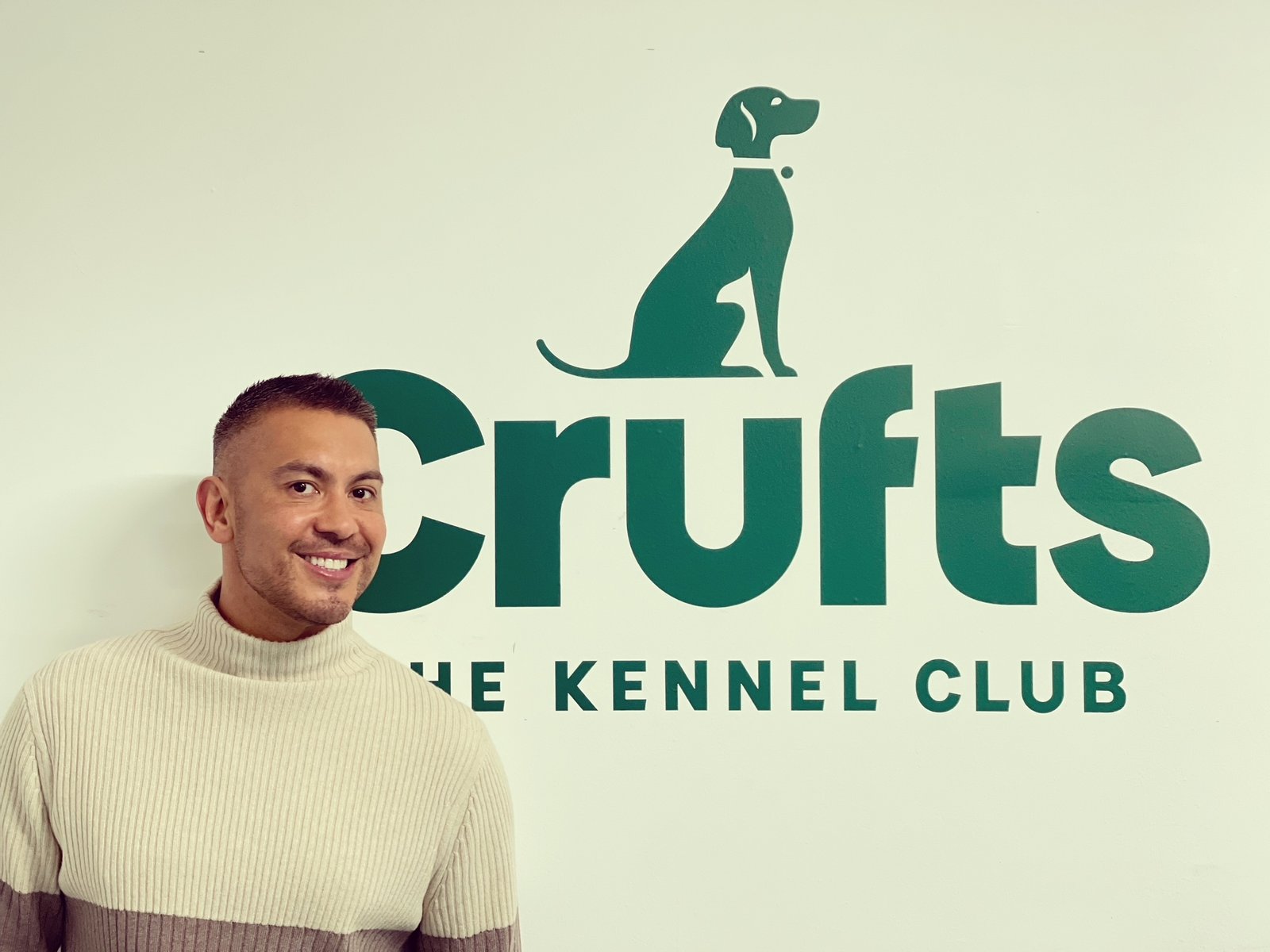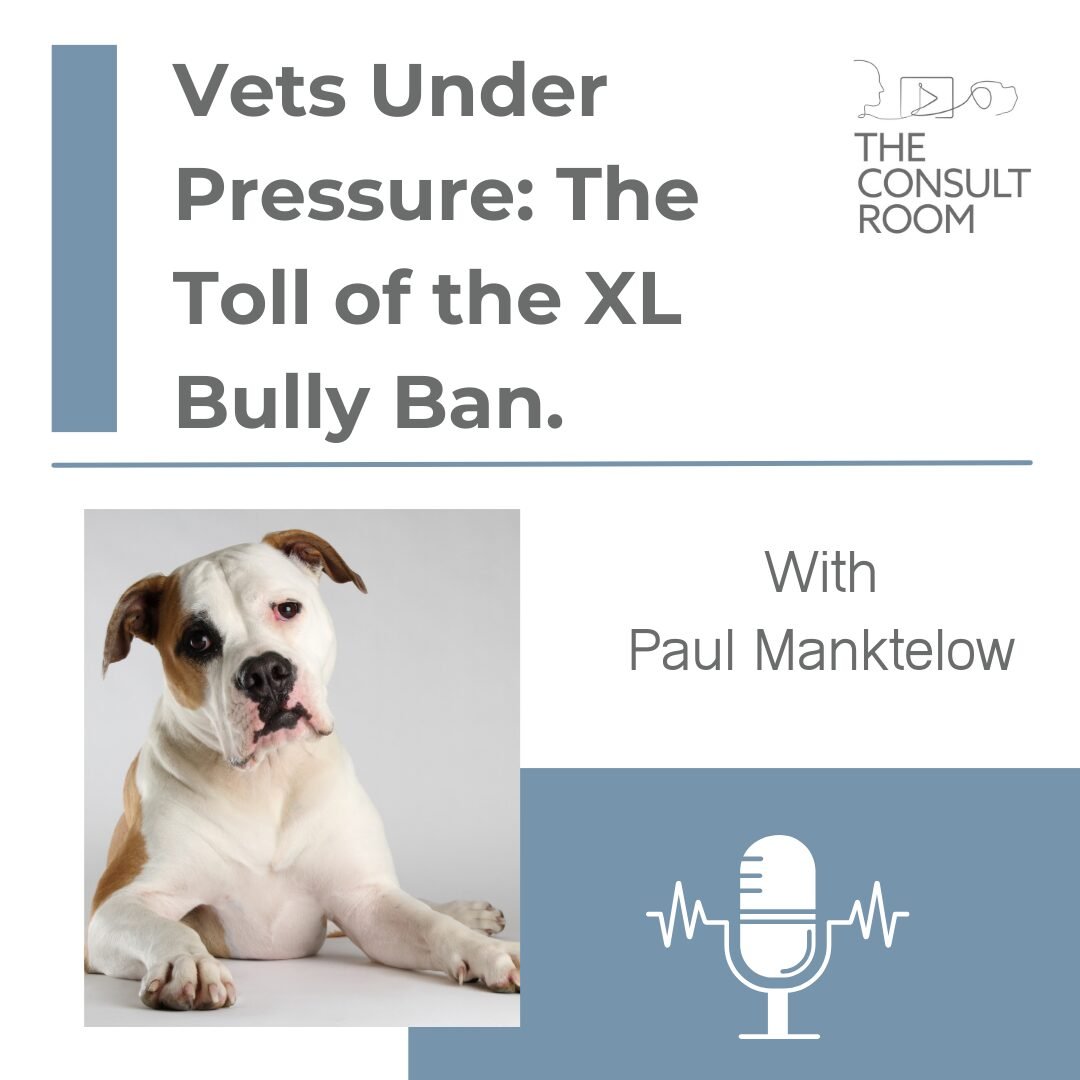In my podcast chat with Dr Jane Ladlow, Director of Research at Cambridge University, about those flat-faced bulldog breeds (Brachycephalics) many interesting topics emerged. But one topic particularly resonates with owners and would-be owners of these breeds: that despite controversy and concern over the susceptibility of bulldog breeds to the breathing condition known as Brachycephalic Obstructive Airway Syndrome (BOAS), these breeds continue to be incredibly popular in the UK.
Jane’s decades of studying these breeds makes her the ideal professional to ask for advice so, with many families still wanting to own one, I asked Jane what advice she’d give to a family who are intent on buying a flat-faced dog as a pet.
Assured breeder
Firstly, Jane stressed that people should only purchase a puppy from an assured breeder. A great place to start is the Kennel Club website’s resource area which offers information on assured breeders. Jane’s emphatic that, In the case of bulldog breeds, you’re looking for assured breeders whose health checks include grading for BOAS and whose dogs are registered with the RFG scheme:
‘A lot of people say their dogs are health tested but when you look at what they’re health tested for, they’re health tested for some obscure DNA test that doesn’t even occur in that breed! As far as I’m concerned, every bulldog, French bulldog and pug that’s bred should be assessed with the Respiratory Functional Grading (RFG) scheme. So choose your breeder carefully, make sure that they do not just a health test but the correct health test!’
Take a look
As vets, both Jane and I would always advise visiting the breeder and viewing the adult dogs with the litter before choosing a puppy. Although with professional dog breeding it’s not always possible to see the stud dog, who may just have visited for breeding purposes, Jane recommends seeing as much as possible of the adults, even if this is only the female.
‘Look at her exercising, look at her moving around. Don’t just look at her in the corner of the room and think she’s cute – actually see the dog out and moving.’
This way you can ascertain any visible physical difficulties, mobility issues or any audible breathing issues. This is just as important as looking at the puppies!
Pass problems back
Once you bring your puppy home with you, that shouldn’t be the end of your association with the breeder. Assured breeders particularly want to help, so Jane advises if you find your puppy has a problem, you should let the breeder know.
This is not only so they can advise, but also because it provides them with vital information for future breeding because, as Jane says: ‘I haven’t met many good breeders that actually want to breed diseased puppies.’
Of course, this is only possible if you have actually followed Jane’s first piece of advice and only purchased from an assured breeder. As a veterinary surgeon who has ended up operating on many bulldog airways in her career, Jane’s experienced a lot of frustration over dog owners who’ve missed this vital step.
‘The thing that really upsets me is when you get relatively intelligent people in your consult room and you ask them – where did you buy your dog? And sheepishly they’ll say – we found it on the internet. Well – where exactly did you find it? Oh – we found it on Gumtree. And you say – where did you pick it up from, did you see the parents? Oh no, we got it from a layby on the motorway, and you think ‘you’re an absolute idiot’. ‘
A puppy for life
Clearly lay-by puppy purchasing doesn’t lend itself to finding a healthy puppy that has been bred with care from cared-for adult dogs but by following the steps Jane advises it is possible to avoid problems. First, take time to fact-find about flat-faced dogs so you can fully consider if bulldog breeds are for you. Then, research breeders carefully, before you even start looking at puppies.
Because although we spend a lot of time in the podcast talking about ‘bulldog breeds’ as a whole, each dog is a living, characterful creature. Time spent early on to find a healthy puppy to become part of your family can save a lot of money and heartache in the long run, as Jane advises: ‘You’ve got to do your homework, you’ve got to be ready to wait for your dog and you’ve got to actually treat it as if it’s going to be with you for the next 10 years – and not some disposable piece of clothing that you throw away if it doesn’t work.’
Find out more about BOAS and the issues with Brachycephalic breeds in my other blog from the podcast. You can also listen to the full podcast here.
 Dr Paul Manktelow is a vet who’s worked for almost 20 years on the front line in some of the UK’s busiest veterinary hospitals. As Chief Vet in the Charity Sector, he leads a team of vets and nurses that treat thousands of pets every year. Paul also appears regularly in the media as a TV and radio presenter, writer, public speaker and podcast producer.
Dr Paul Manktelow is a vet who’s worked for almost 20 years on the front line in some of the UK’s busiest veterinary hospitals. As Chief Vet in the Charity Sector, he leads a team of vets and nurses that treat thousands of pets every year. Paul also appears regularly in the media as a TV and radio presenter, writer, public speaker and podcast producer.






Leave A Comment